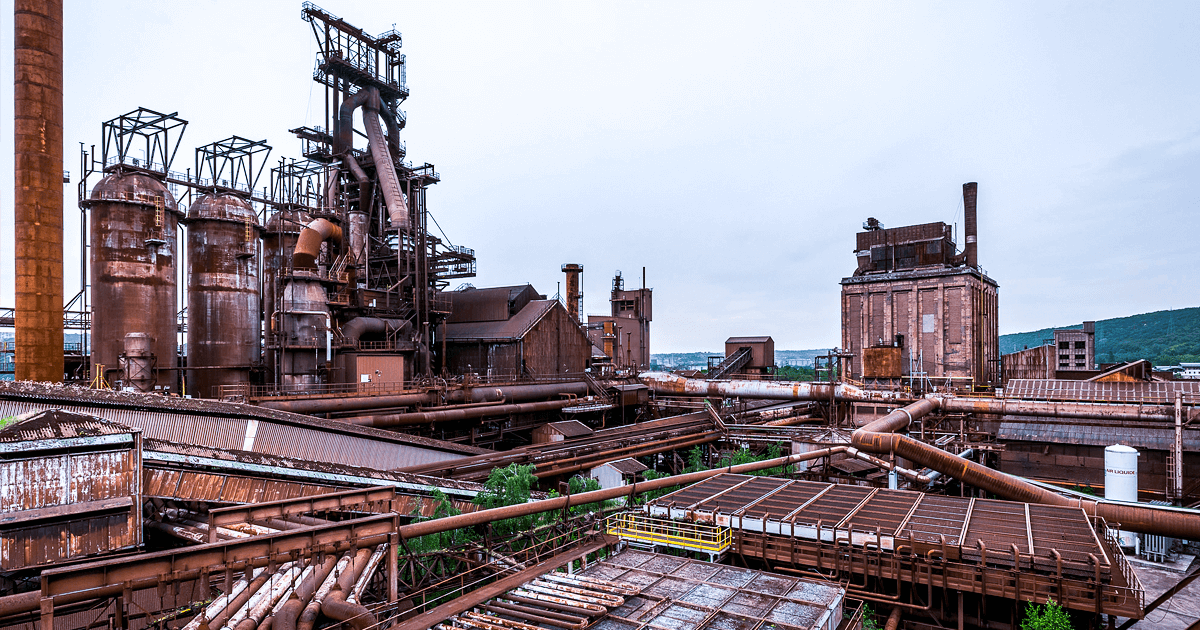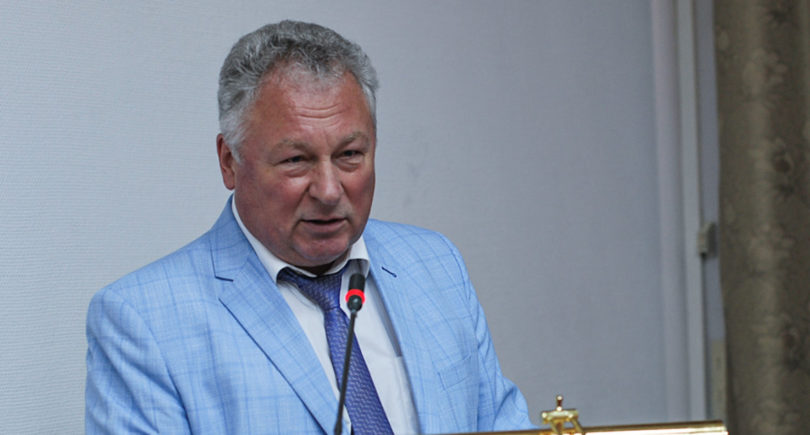
Opinions Industry bankruptcies 847 24 February 2020
Steelmaking is one of the industries where risk of default is always high
About every 5 years, the steel industry experiences a sharp slump in financial results due to cyclical recessions in the market. The industry is capital intensive. In other words, to carry out modernization projects or to maintain operating capacity, one needs to take a risk and to raise large amounts of money in the debt market. Those companies, which at the time of cyclical crises are in the middle of investment cycle or have a high debt burden, often become insolvent.
The debt burden in the industry is critically high. According to Ernst & Young, an accounting and consulting firm, Net Debt/EBITDA ratio of steelmaking companies was 4.5 in 2016. To date, the situation in the industry has not globally improved. What does it mean? During a market slowdown, this indicator increases to 5–6, thus indicating a high likelihood of debt service problems. And since it is an average value, the indicator is much larger for some companies.
Access to capital is particularly important in these circumstances. Companies from countries with developed financial markets attract long-term debt. In this way, they reduce the risk that a period of debt repayment will be unfavorable. Companies from developed economies also have more chances to refinance debt.
This thesis is confirmed by the almost complete absence of companies from developed economies on the bankruptcy list (with few exceptions usually associated with government interventions). For instance, British Steel was strongly influenced by Brexit. Some cases are linked to a ban imposed on companies whose operations cause significant environmental damage, such as Ilva, ERP Iron Ore. Funding costs also makes a difference: from 1–2% in the EU (Thyssenkrupp-2023 — 1.875%) to 10.25% in Ukraine (Interpipe-2024).
Companies from emerging economies are more vulnerable to defaults. This typically happens after cyclical recessions in the market: India — 5 defaults in 2017, Turkey — 3 defaults in 2019, China — 5 defaults in 2016–2018, Brazil — 2 defaults in 2016–2017, Ukraine — 5 defaults in 2009–2015.
Defaults are often caused by bad M&A deals where the buyer takes on a debt load, whereas the results do not meet expectations. A striking example is Mechel, Russia’s vertically integrated mining and metals company that closed a number of major deals before and after the 2008–2009 crisis when it faced problems. For instance, in 2011, Mechel bought Donetsk Electrometallurgical Plant (DEMP) for $537 million. Yet back in 2012 it made unsuccessful attempts to sell it. There is also much talk about problems allegedly caused by activities of Sanjeev Gupta’s Liberty House in the M&A market. Specifically, Infrabuild, an Australian steel unit, could not place bonds in full in the autumn of 2019 despite a 12% coupon. In 2017–2019, Liberty House completed some deals with troubled companies that needed capital injections to work effectively.
The situation is aggravated by excess capacity in the industry. Although the situation improved and the industry’s capacity utilization rate increased to 81% in 2017–2018, there are 400–450 million tons of unutilized capacities in the market. This creates a constant pressure of the supply even when the demand is high. Hence, manufacturers’ margin is insufficient for substantial investment and reduction of the debt burden. An average EBITDA margin in the industry over the past few years is 10%.
The importance of the process of forecasting prices and market slowdowns is increasing. For instance, iron ore prices fell by 50% from January to December 2014 and by another 20% by September 2015. Rebar prices in 2019 dropped by 15% in 4 months, from July to October. The current situation with coronavirus epidemic also increases the uncertainty and threatens a sharp fall in both China’s economy and commodity prices. Given poor predictability of the situation, companies are very cautious about investment projects and M&A transactions. Their important task is to ensure sustainability and right balance between the development pace and mitigation of risks.
Absence of hedging instruments in the sector adversely affects the ability of companies to withstand crises. The relevance of these instruments increases with increasing volatility in the market. The futures market (ore, rebar) currently operates only in China. According to the World Steel Dynamics, the 2019 crisis will prompt the development of the steel derivatives market outside China, as the need to hedge price risk is greater than ever.
Almost all major players in the steel market in Ukraine have gone through a technical default procedure. The reason is the same for all. Companies borrowed large amounts of money, including from foreign sources, to carry out key investment projects:
- ISD invested significant amounts in modernization of Alchevsk Iron and Steel Works and Alchevsk Coke Plant. The claimed amount of investment in 2005–2008 was $3.5 billion. As a result, these plants were the most technologically advanced in Ukraine, and ISD ranked 25th on the list of the world’s largest steel manufacturers in 2007;
- Interpipe invested $700 million in construction of an electric arc steelmaking plant instead of the open-hearth shop of Nyzhnyodniprovskyi Tube Rolling Plant;
- Metinvest Holding invested $4.4 billion in 2008–2013 in modernization of metal and mining assets;
- Donetskstal built the most technically advanced processing plant in Europe, and an electric arc steelmaking plant. Investments in 2010–2013 amounted to around $1 billion;
- Ferrexpo invested in the increased efficiency of Poltava Mining and built two new ones. Capital investment in 2007–2014 amounted to around $2 billion.
Yet in the periods of crises of 2008–2009 and 2014–2015, companies experienced difficulties in servicing these debts. The conflict in Donbas and the loss of assets dealt a serious blow to the industry. As a result, ISD and Donetskstal actually ceased to exist.
Global trends that cannot be prevented are challenging the industry. On the one hand, problems in the global economy, deindustrialization, and excess capacity in the industry make the market weak in a long-term perspective. On the other hand, the need for decarbonization and digitization increases the industry’s demand for investment. In these circumstances, steelmakers are nevertheless forced to take risks and invest so as to remain competitive.
Capital-intensive business in a cyclical industry poses high risks in developing economies. For domestic manufacturers, the situation could change due to:
- improvement of the investment climate — to increase refinancing opportunities and raise funds for a longer term;
- sound regulatory policy — to increase predictability and prevent adverse impact on competitiveness;
- development of the domestic market for metal products — to enhance resilience of the business during crises.
Initially published on Liga.Net
* Default means the debtor’s inability to pay in full its outstanding liabilities to the creditor.
Bankruptcy means the recognized by a competent public authority inability of the debtor to pay in full its outstanding liabilities to the creditor.
Technical default means the situation when the debtor fails to comply with loan conditions, but demonstrates readiness to comply in the future. Technical default may end in an agreement with the creditors on debt restructuring (changes in the terms of repayment) or on adjudication of the bankruptcy of the debtor.





